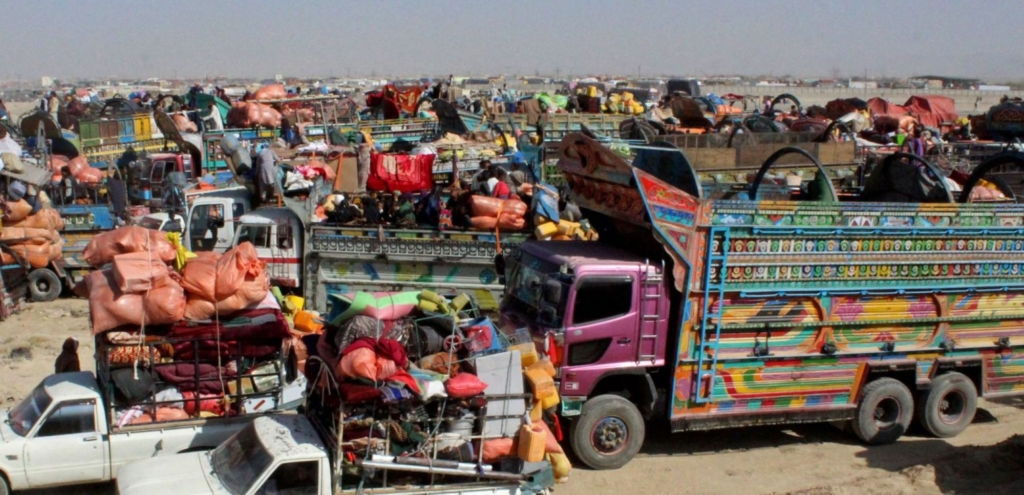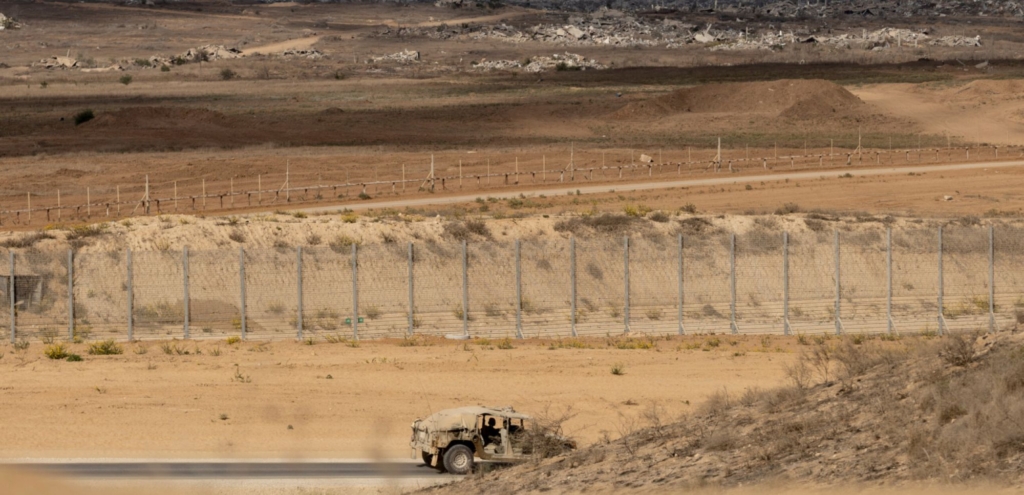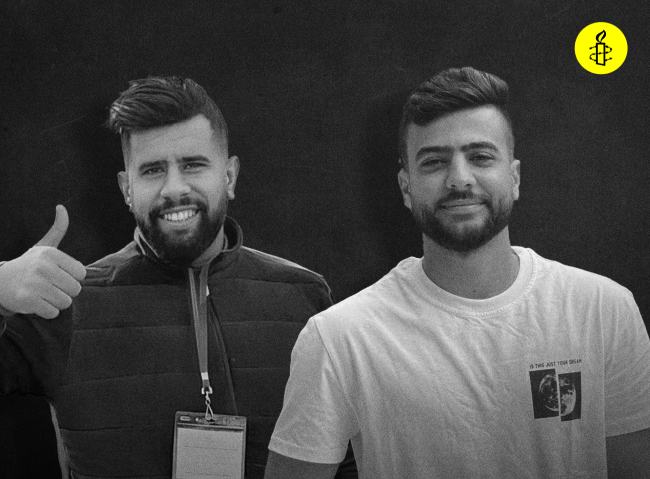by Robyn Fuller
Presentation to the United Nations Committee on the Elimination of Racial Discrimination, 14 August 2017
Good morning,
When I was a young girl the elders of my people the Dunne zatalked about a Prophecy.
A Prophecy of four dams that were to be built on the Peace River.
In the 1950’s the B.C government started looking at the Peace River as a potential site to build four Dams Site A, Site B, Site C, and Site D. In 1961 construction of Site A, now known as the W.A.C Bennett Dam was started. It was finished in 1968.
This dam was constructed without any consultation of the indigenous people living on the land, all of whom depend on the Peace River for our way of life, we used the river for their fresh drinking water, and for the food security that the river brought such as fish, moose, elk, deer, and caribou, while also providing safe calving areas. This is important to us as indigenous people as it provides future food security.
Once construction of the dam had been finished none of the indigenous communities living around the Peace Valley could predict the environmental disaster that would follow the flooding of the reservoir, known as Williston Lake the biggest artificial lake in B.C and the seventh largest reservoir in the world.
Animals would lose their migration paths, causing a decline in mountain Sheep, Goats and Caribou on the south side of the Peace River. Large amounts of methyl mercury would be released into the Williston Reservoir, poisoning the fish and increasing the silt killing fish habitats, this was a result of flooding still forested areas of the valleys.
The flood would also cut off indigenous migration routs, cutting off families and communities from each other. Not only did the flooding cut families from each other it drowned our history, our food security, clean drinking water, and our medicines.
The elders told a story about our neighbours, the Tsay Keh Dene people, how they would gather and camp along side the river bank and harvest fish for the winter months. They also told the story of when the reservoir was flooded, they did not give warning to the Tsay Keh Dene. They had to run in the middle of the night from the fast rising waters to save themselves and their children, losing everything else they had and being forced further North West into the mountains, cut off from the other tribe’s.
These are only small fraction of the adverse effects of the first Dam.
The government would build a second dam, The Peace Canon Dam. This Dam would take more land, more water, and more medicines. It would ensure that the animal migration paths would have to move further down the rivers and away from our communities who depend on them to survive. It also flooded more of our history and our home.
We are now left a small part of the Peace River and the Valley in which is again being threatened by a third mega project, the Site C Dam.
This time our people of the Treaty 8 territory understand what it means if this project is allowed to continue until finished. We have stood up against the government and said NO!
My community West Moberly has taken this project to court to stop it and the pending infringements it poses on our treaty rights, for clean water, hunting and fishing and the right to live as we always have with out interference.
These are promises in the Treaty that was signed by my ancestors.
These same promises have been continuously broken for the benefits of the Canadian Government and the British Crown.
Due to the dams, our waters are getting lower and becoming poisoned with methyl mercury making our fish no longer safe to harvest. These effects will not go away and will only get worse with the completion of the Site C dam.
My great Grandmother, my grandfather, and my mother have all fought against Site C from the beginning. I am the 4th generation from West Moberly to stand against Site C and say NO!
We will no longer allow our people to be poisoned, starved, and pushed aside as if we do not matter!
We do not only fight for our selves, we fight for our future generations to continue our way of life long after we have left this world.
It is not only a treaty right to have clean water, and food sustainability, it is A HUMAN RIGHT!
So we ask that the Canadian government uphold the treaties that were signed with it’s British Crown, and to up hold the United Nations Declaration on the Right of Indigenous Peoples to free, prior, and informed consent.
Thank you.
Robyn Fuller is a member of the West Moberly First Nations
Read our joint statement on Site C that was submitted to the UN























